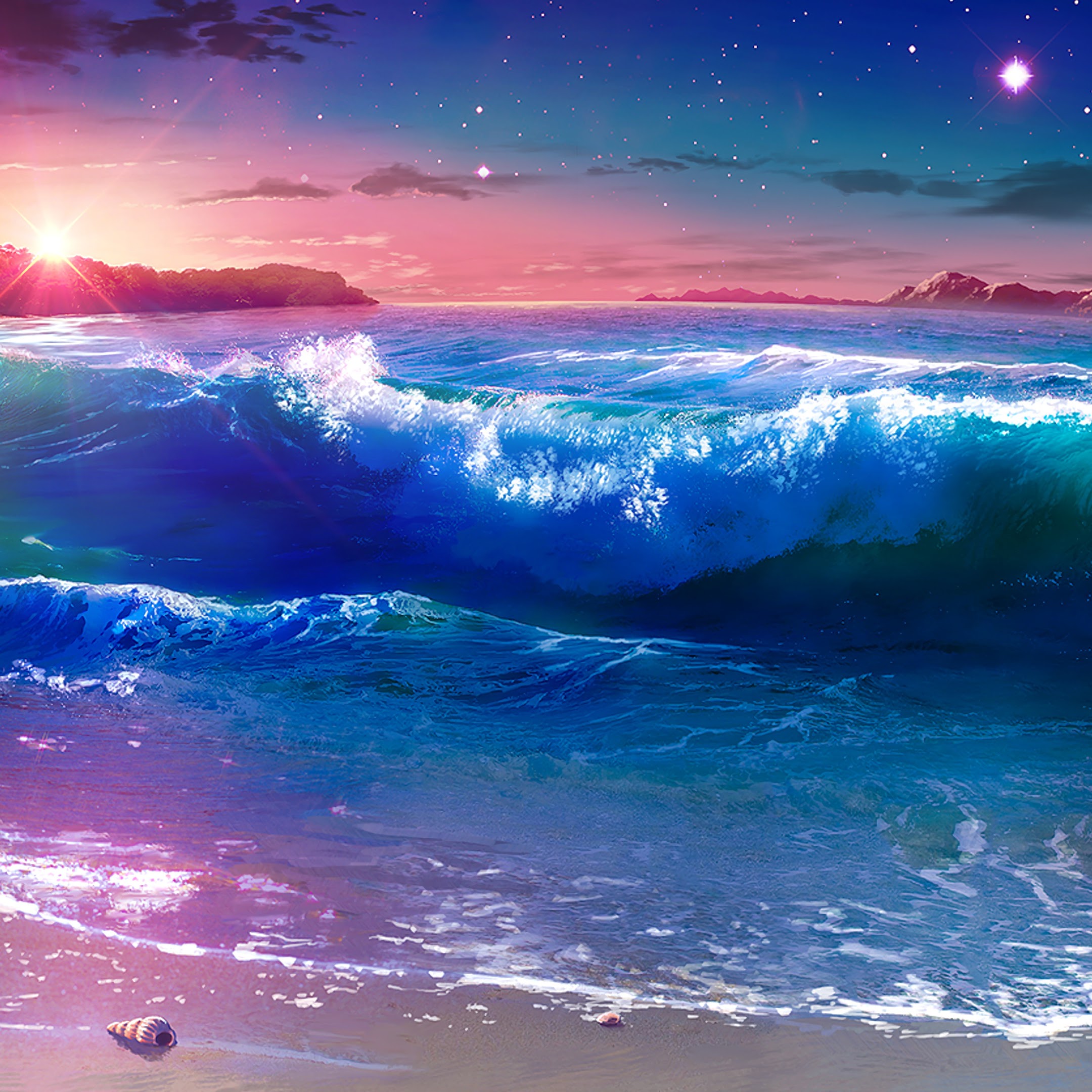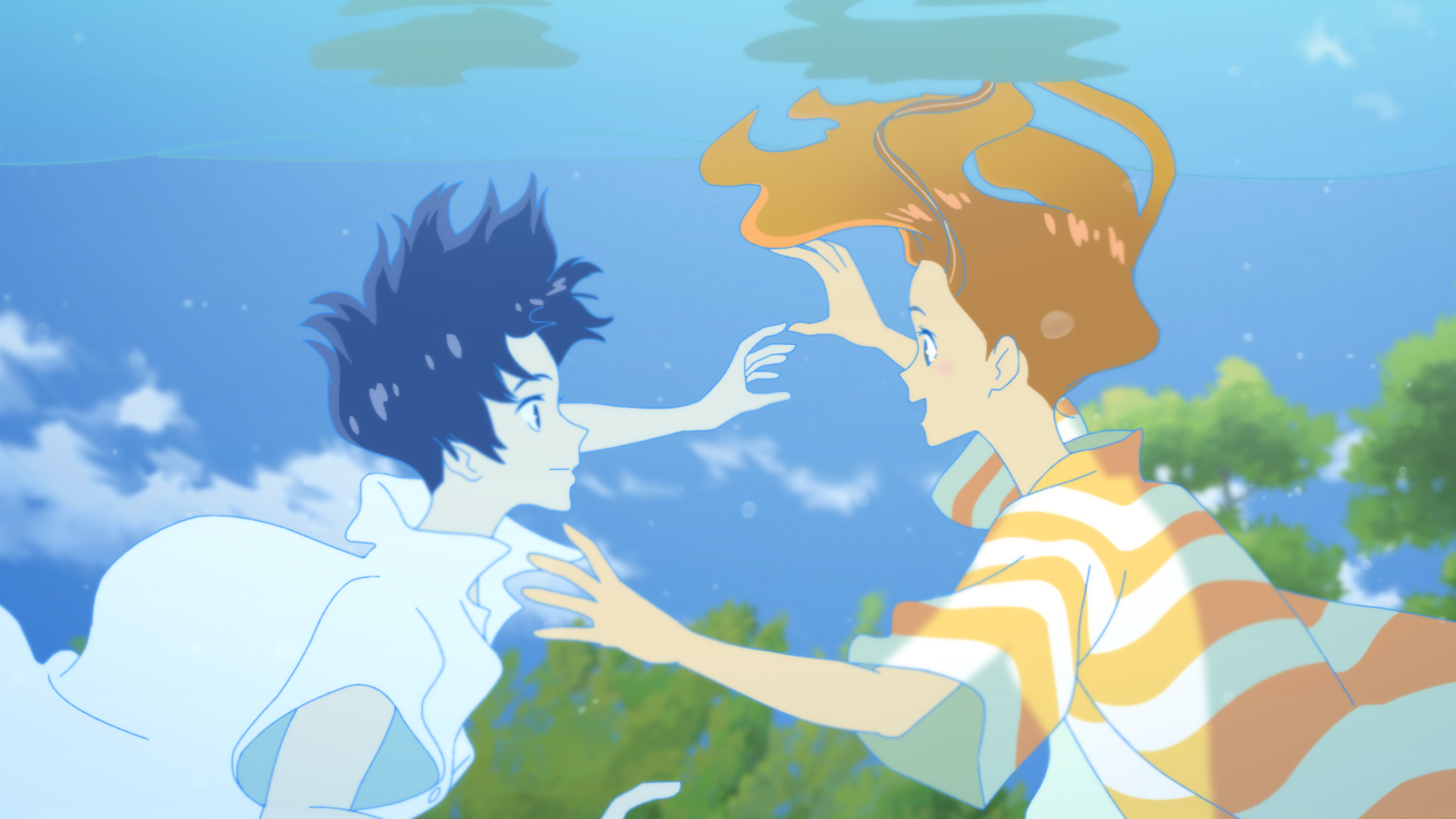

But, this is undermined by the movie’s cast, who aren’t compelling enough in their own right to drive a narrative that’s rooted in character drama. And I’ll give the film some credit- it does have some insight into the mentality of teenagers and I appreciate its total commitment to a realistic, slice-of-life experience. And, fine, I understand that real-life often doesn’t work that way – that conflicts often fizzle out with no grand resolution. Even simple movies like Totoro and Kiki’s Delivery Service understood the importance of an ending that fulfilled the themes and motifs of their stories. It’s a film with no real narrative or thematic pay-off it meanders to its ending. I understand that it wasn’t aiming to be deep in its presentation of youth and nostalgia, but the story is so fraught with conflict between our protagonists that I was expecting a more insightful resolution than what was given. In that sense, it was a fascinating watch. The film’s aesthetic – the colours, the fashion – captures a specific ideal of the 90s that falls nicely into my generation’s perception (and idealisation) of that era. The soundtrack – way too good for this movie, in my opinion – is a mellow, light mixture of synth and piano tracks. The backgrounds are softly detailed and Katsuya Kondo’s character designs have so much appeal- in a more self-conscious, fashionable way. It concerns a love triangle that develops between two good friends and a new girl who transfers to their high school from Tokyo.įrom a stylistic point of view, Ocean Waves is lovely.


Synopsis: Ocean Waves is set in the city of Kōchi, on the Japanese island of Shikoku.


 0 kommentar(er)
0 kommentar(er)
